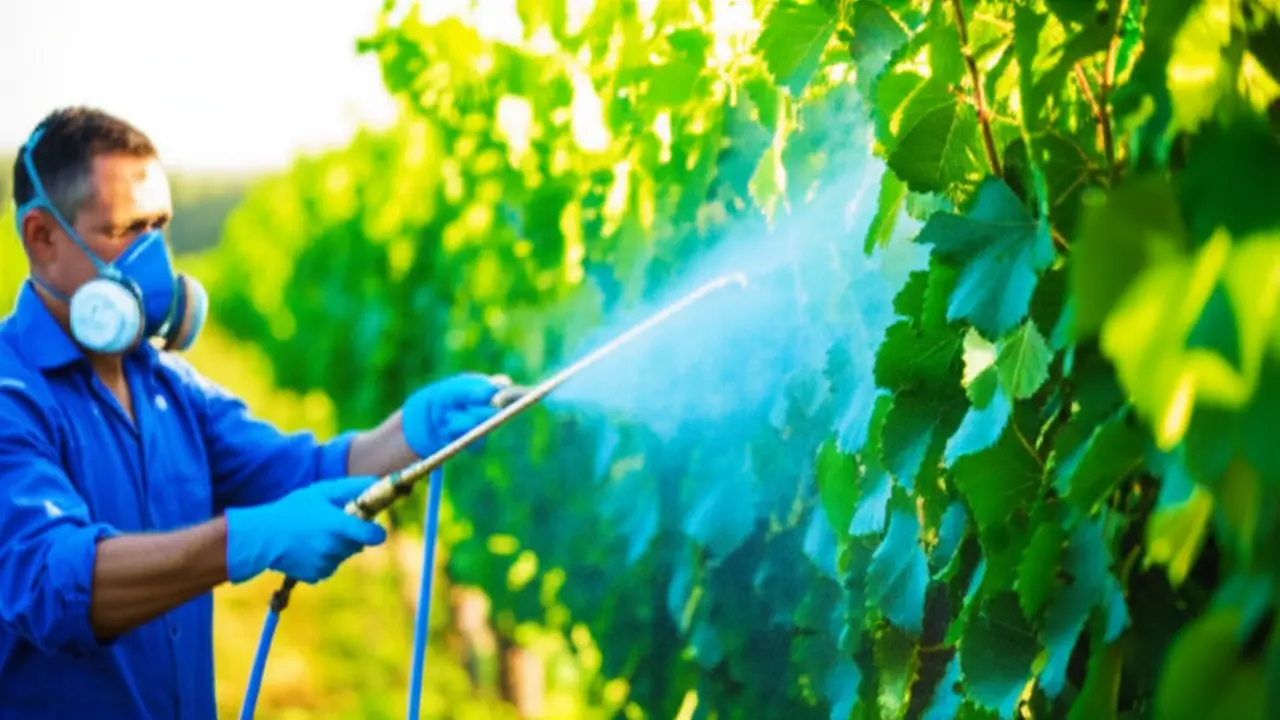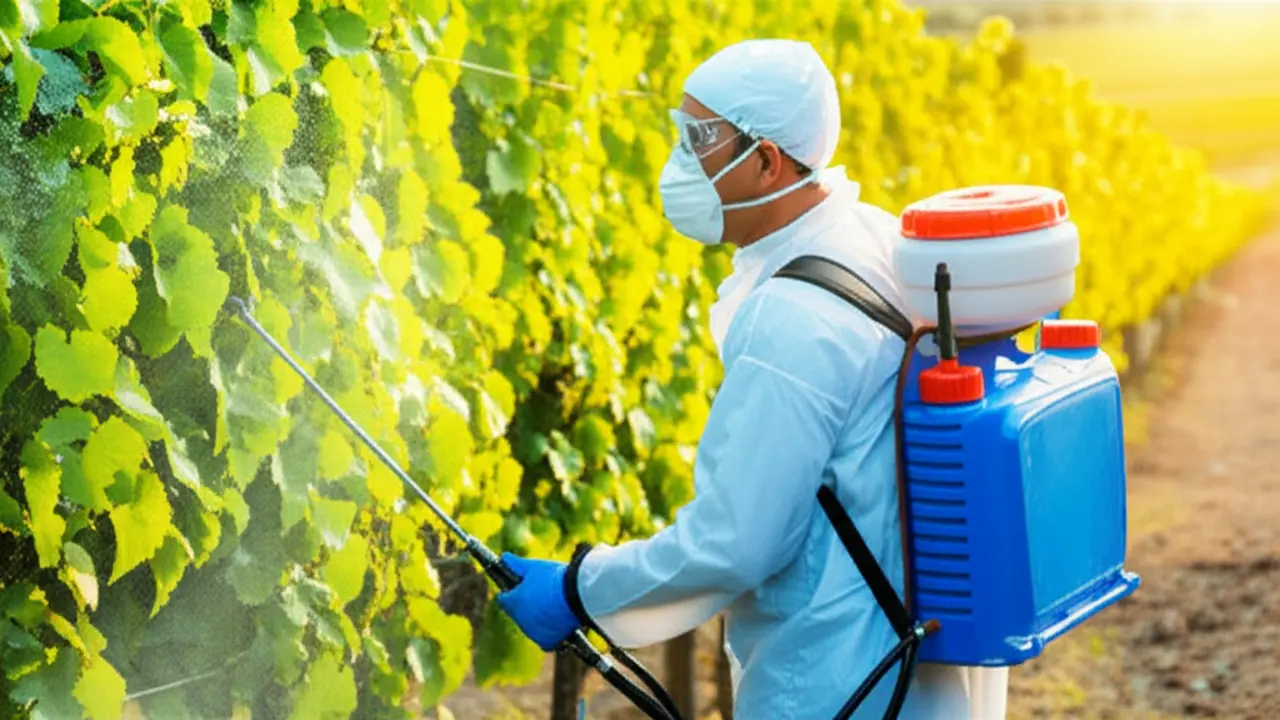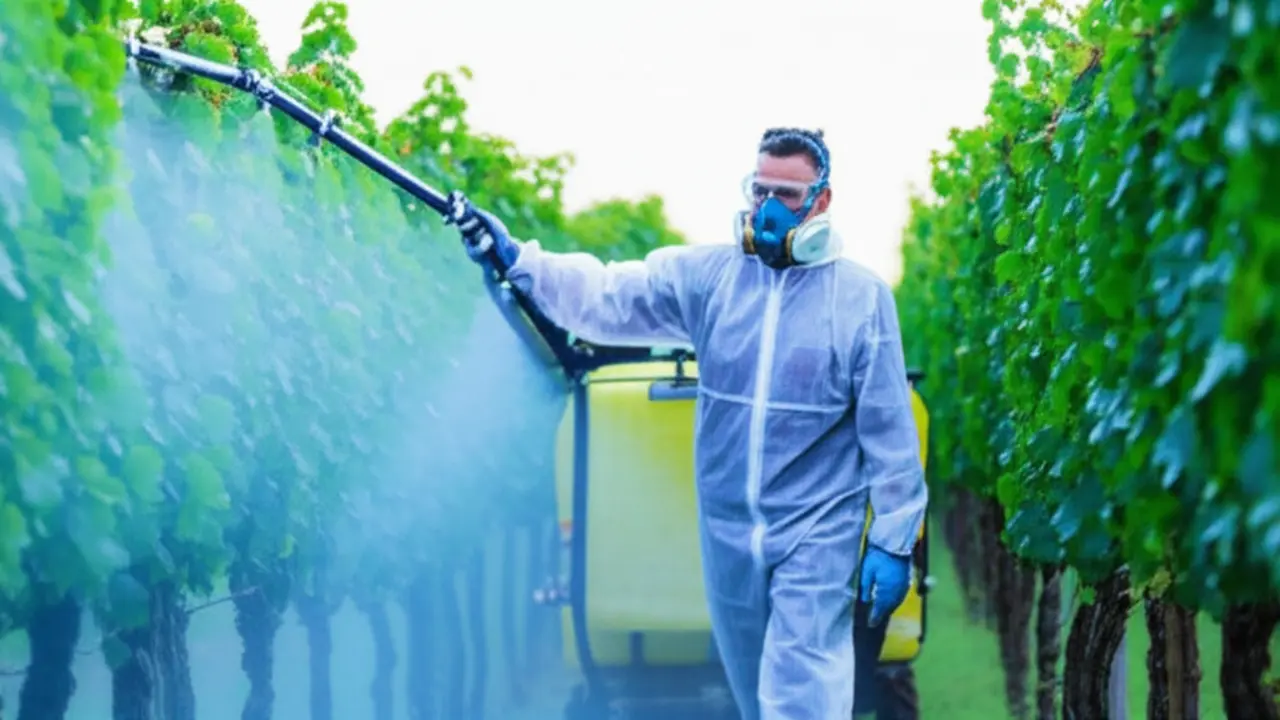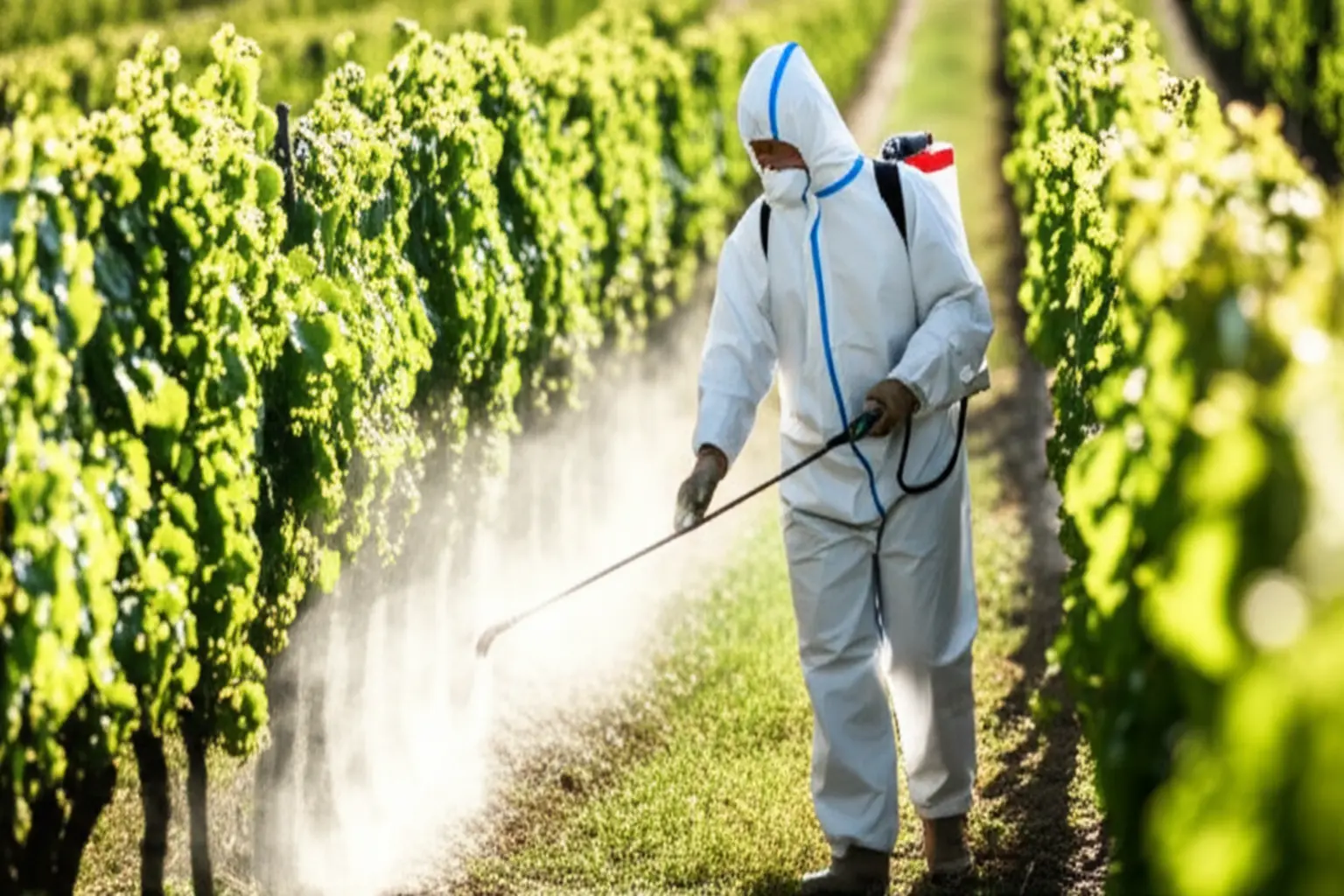For those in commercial product investigation for 2025, a deep understanding of copper fungicide applications is non-negotiable. These treatments are foundational for managing disease in high-value crops, but not all are created equal. This guide moves beyond marketing claims to provide the technical data essential for accurate reviews. We analyze formulation effectiveness, optimal timing, and critical safety protocols. Our goal is to equip you with unbiased, expert insights to properly evaluate and compare the performance of today’s leading copper fungicide products for professional use.

Understanding Copper Fungicide Applications
Copper fungicides are a cornerstone of effective disease management in commercial agriculture, acting as a powerful, broad-spectrum protectant. As of 2025, their role remains critical for safeguarding crops. For growers, successful copper fungicide applications hinge on understanding that these products are preventative, not curative. They establish a protective barrier on the plant surface before pathogens like downy mildew, powdery mildew, or bacterial blights can take hold.
The mechanism is straightforward: when moisture is present, copper ions are released from the product. These ions disrupt essential enzymes and proteins within fungal spores and bacteria, preventing their germination and growth. Key considerations for any application include:
– Timing: Apply before disease is visible, typically following weather forecasts that predict infection periods.
– Coverage: Thoroughly coat all susceptible plant tissues, as copper is a contact-only agent and doesn’t move within the plant.
– Crop Safety: Always verify crop-specific recommendations to avoid phytotoxicity, especially on sensitive varieties or during certain growth stages.

Effective Copper Fungicide Application Strategies
Mastering copper fungicide applications hinges on proactive timing and consistent follow-through. For best results in 2025, apply it preventatively before fungal spores take hold, especially during periods of high humidity or prolonged leaf wetness. For instance, treat tomatoes before early blight signs appear and roses before black spot emerges. Reapplication frequency depends on disease pressure and weather, typically every 7 to 14 days, but check the product label as rain can wash away the protective layer, requiring a new coat. For fruit trees, a critical application time is post-pruning to protect fresh wounds from infection. Ensuring your tools are sharp, which you can learn by reading our guide on
how to sharpen pruning shears, minimizes plant damage and complements the fungicide’s protective barrier. This broad-spectrum solution is effective on vegetables, fruit trees, and ornamentals against blights, mildews, and leaf spots.

Best Practices for Commercial Application
For successful commercial copper fungicide applications in 2025, selecting the right formulation is the first critical step. Copper hydroxide offers excellent adhesion, while copper sulfate is potent but carries a higher risk of phytotoxicity on sensitive crops. Always defer to the product label for precise dilution rates tailored to your equipment, whether using large airblast sprayers for orchards or targeted backpack sprayers. The method of application directly influences effectiveness.
Key methods include:
– Foliar Sprays: The most common method, requiring equipment calibrated for uniform coverage.
– Soil Drenches: Essential for managing root and crown rots by delivering the fungicide directly to the problem area.
– Seed Treatments: A preventative strategy to protect seedlings from early infection.
Ultimately, efficacy hinges on one non-negotiable principle: thorough coverage. As a contact fungicide, copper only protects the tissue it touches. This means covering every surface, especially the undersides of leaves where fungal diseases often start. Incomplete application leaves the plant vulnerable and wastes resources.
Safety, Environmental, and Resistance Management
While effective, copper fungicide applications in 2025 demand a focus on safety and sustainability. A primary concern is phytotoxicity, or plant burn, which can be avoided by not spraying during extreme heat and by strictly adhering to label rates. Environmentally, copper’s toxicity to aquatic life necessitates careful management to prevent runoff into waterways. For personal safety, always use appropriate Personal Protective Equipment (PPE) and respect the Pre-Harvest Interval (PHI) on edible plants to manage residues. To combat pathogen resistance, it is crucial to rotate copper with other fungicides as part of a comprehensive Integrated Pest Management (IPM) plan. This approach also incorporates non-chemical tactics, such as using the
best hand cultivators to aerate soil and reduce disease pressure. Whether used in organic systems, where many copper products are OMRI-listed, or in conventional agriculture, responsible use is key to long-term success.




